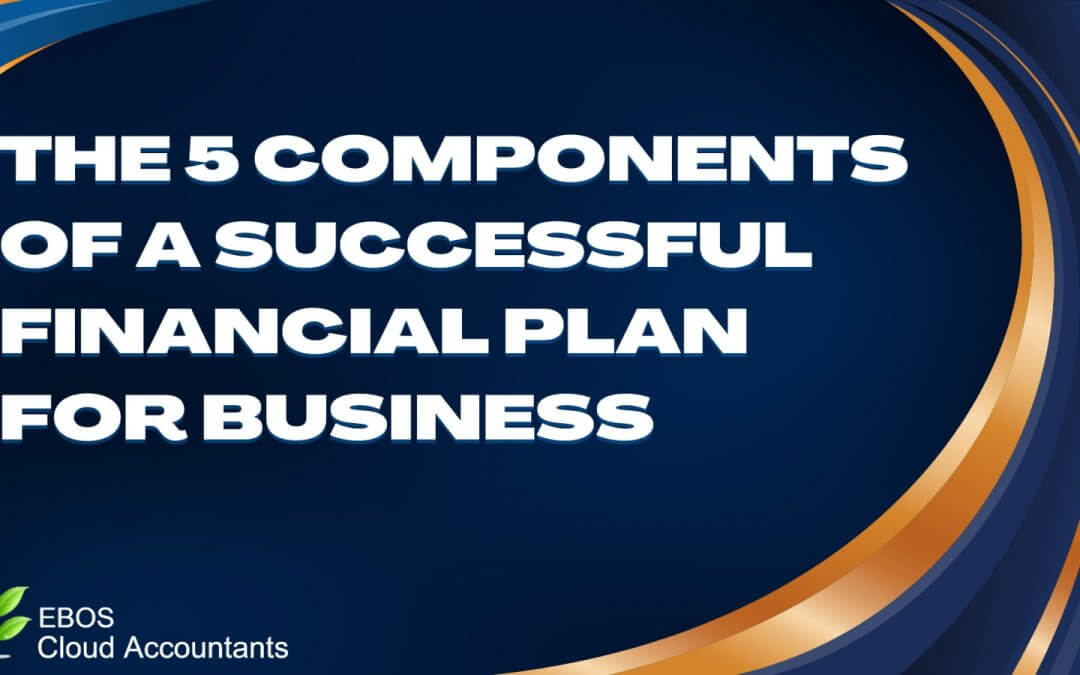1. Sales forecasting
You should have an estimate of your sales revenue for every month, quarter and year. Identifying any patterns in your sales cycles helps you better understand your business; it’s also invaluable as you plan marketing initiatives and growth strategies. A seasonal business can aim to improve sales in the former off season to become a year-round venture, while another business might become better prepared by understanding correlation in upticks and downturns in business due to factors like the weather or economy.
Sales forecasting is also the foundation for setting company growth goals. For instance, aim to improve your sales 10% over each previous period.
2. Expense outlay
A full expense plan includes regular expenses, expected future expenses and associated expenses.
Regular expenses are the current ongoing costs of your business, including operational costs like rent, utilities and payroll. Regular expenses relate to standard business activities that occur each year, such as conference attendance, advertising and marketing spend, or the office Christmas party. A full list of regular expenses will make it easier to distinguish essential expenses from expenses that can be reduced or eliminated if needed.
Expected future expenses are known future costs, such as tax rate increases, increased minimum wage or maintenance needs. Generally, budget should also be allocated for unexpected future expenses, such as damage to your business caused by fire, flood or other unexpected disasters. Planning for future expenses ensures your business is financially prepared via budget reduction, increases in sales or financial assistance.
Associated expenses are the estimated costs of various initiatives, such as the cost to acquire and train a new hire, open a new store or expand delivery to a new territory. An accurate estimate of associated expenses helps you properly manage growth and prevents your business from exceeding your cost capabilities. As with expected future expenses, understanding how much capital is required to accomplish various growth goals helps you make the right decision about financing options.
3. Statement of financial position (assets and liabilities)
Assets and liabilities are the foundation of your business’s balance sheet and the primary determinants of your net worth. Tracking both ensures you are maximizing your business’s potential value. Small businesses frequently undervalue their assets, such as machinery, property or inventory, and fail to properly account for outstanding bills.
Your balance sheet, or financial position, offers a more complete view of your business’s health than a profit and loss statement or a cash flow report. A profit and loss statement shows how the business performed over a specific time period, while a balance sheet shows the financial position of the business on any given day.
4. Cash flow projection
Similar to projecting your expenses, a savvy business owner should be able to predict their cash flow on a monthly, quarterly and annual basis. Projecting cash flow for the full year allows you to get ahead of any financial struggles or challenges. It can also help you identify a cash flow problem before it negatively impacts your business. You can set the most appropriate payment terms, such as how much you charge upfront or how many days after invoicing you expect payment.
A cash flow projection gives you a clear look at what money is expected to be left at the end of each month, enabling you to plan a possible expansion or other investments. It also helps you budget smarter, such as spending less one month for the anticipated cash needs of another month.
5. Break-even analysis
This section analyzes fixed costs relative to the profit earned by each additional unit you produce and sell. This is essential to understanding your business’s revenue and potential costs versus profits of expansion or growth of your output. Having your expenses fully fleshed out, as described above, makes your break-even analysis more accurate and useful.
A break-even analysis can tell you how many units you need to sell at various price points to cover your costs. You should aim to set a price that gives you a comfortable margin over your expenses while allowing your business to remain competitive.
In conclusion, the business owner should undertake steps to plan cash flow generation in order to derive maximum profits from accepting credit cards for products and services.







